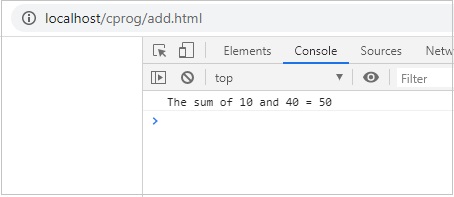
- WebAssembly Tutorial
- WebAssembly - Home
- WebAssembly - Overview
- WebAssembly - Introduction
- WebAssembly - WASM
- WebAssembly - Installation
- WebAssembly - Tools to Compile to WASM
- WebAssembly - Program Structure
- WebAssembly - Javascript
- WebAssembly - Javascript API
- WebAssembly - Debugging WASM in Firefox
- WebAssembly - “Hello World”
- WebAssembly - Modules
- WebAssembly - Validation
- WebAssembly - Text Format
- WebAssembly - Convert WAT to WASM
- WebAssembly - Dynamic Linking
- WebAssembly - Security
- WebAssembly - Working with C
- WebAssembly - Working with C++
- WebAssembly - Working with Rust
- WebAssembly - Working with Go
- WebAssembly - Working with Nodejs
- WebAssembly - Examples
- WebAssembly Useful Resources
- WebAssembly - Quick Guide
- WebAssembly - Useful Resources
- WebAssembly - Discussion
WebAssembly - Convert WAT to WASM
In the previous chapter, we have seen how to write code in .wat i.e., WebAssembly text format. The WebAssembly text format will not directly work inside the browser and you need to convert it into binary format i.e., WASM to work inside browser.
WAT to WASM
Let us convert .WAT to .WASM.
The code we are going to use is as follows −
(module
(func $add (param $a i32) (param $b i32) (result i32)
get_local $a
get_local $b
i32.add
)
(export "add" (func $add))
)
Now, go to WebAssembly Studio, which is available at https://webassembly.studio/.
You should see something like this, when you hit the link −
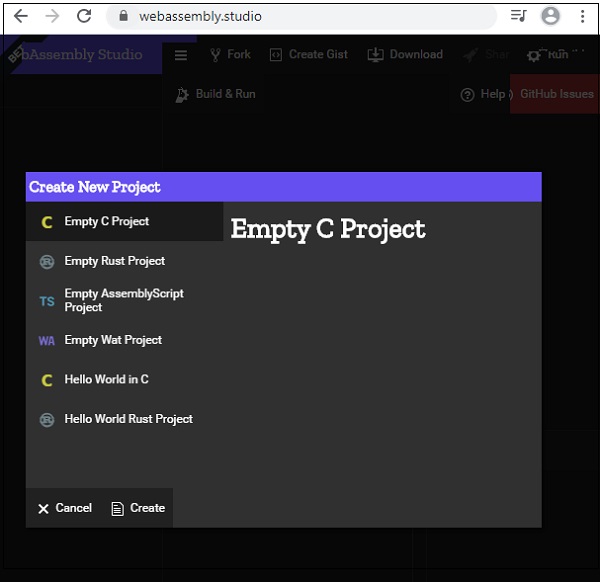
Click on Empty Wat project and click on Create button at the bottom.
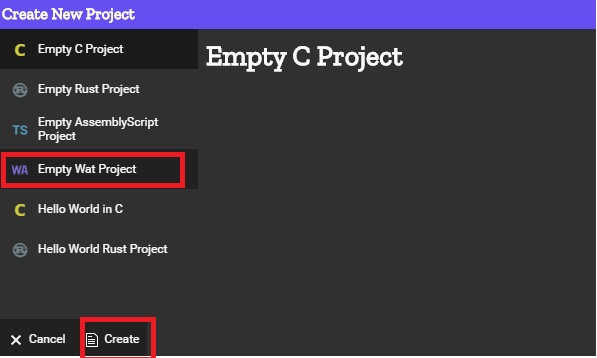
It will take you to an empty project as shown below −
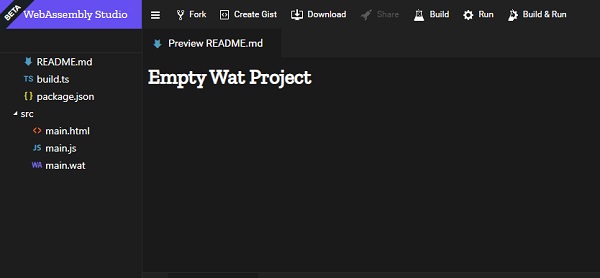
Click on main.wat and replace the existing code with yours and click on the save button.
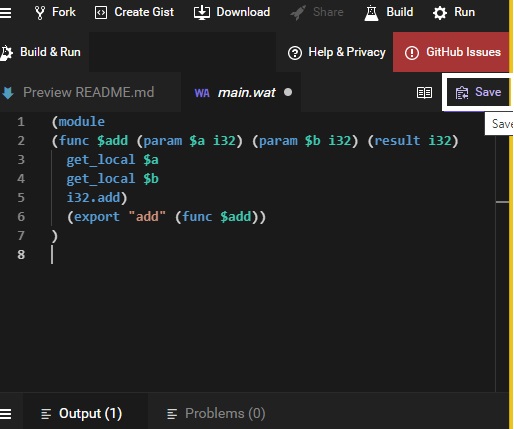
Once saved, click on the build to convert to .wasm −
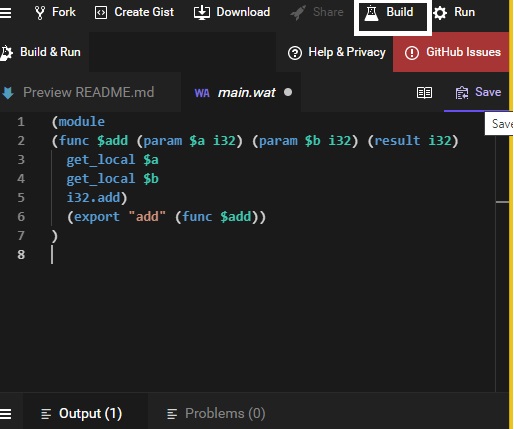
If the build is successful you should see .wasm file created as shown below −
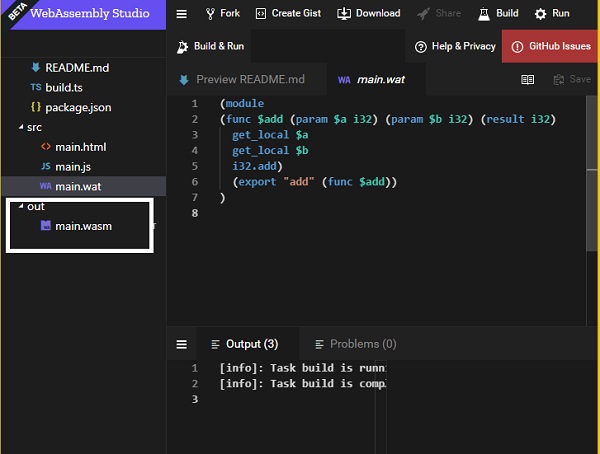
Down the main.wasm file and use it inside your .html file to see the output as shown below.
For Example − add.html
<!doctype html>
<html>
<head>
<meta charset="utf-8">
<title>WebAssembly Add Function</title>
</head>
<body>
<script>
let sum;
fetch("main.wasm")
.then(bytes => bytes.arrayBuffer())
.then(mod => WebAssembly.compile(mod)) .then(module => {
return new WebAssembly.Instance(module)
})
.then(instance => {
sum = instance.exports.add(10,40);
console.log("The sum of 10 and 40 = " +sum);
});
</script>
</body>
</html>
The function add is exported as shown in the code. The params passed are 2 integer values 10 and 40 and it returns the sum of it.
Output
The output is displayed in the browser.
